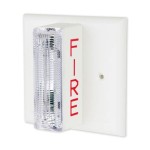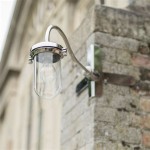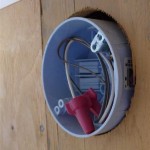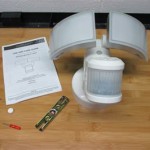Essential Aspects of the Best Outdoor Flashlight for Photography
An indispensable tool in the arsenal of any photographer is an outdoor flashlight. It enables photographers to illuminate their subjects in low-light conditions, enhancing the capabilities of their cameras. While there are countless flashlights on the market, choosing the ideal one for photography requires consideration of specific features and functionalities.
Brightness and Beam Pattern
The brightness of a flashlight is measured in lumens, with higher lumen ratings indicating greater light output. For photography, a flashlight with a minimum of 500 lumens is recommended to provide adequate illumination. Additionally, consider the beam pattern. Spot beams project a focused beam of light over long distances, while flood beams disperse light over a wider area. For photography, a combination of both beam patterns allows for versatility in lighting both distant and nearby subjects.
Color Temperature
The color temperature of a flashlight is expressed in degrees Kelvin (K). Daylight-balanced flashlights with a color temperature around 5,000K closely resemble natural daylight, ensuring accurate color reproduction in photographs. Avoid flashlights with warm or cool color temperatures, as these can cast an unnatural hue onto subjects.
Runtime and Battery Life
Photography often requires extended periods of illumination. Choose a flashlight with a long runtime and a reliable battery system. Look for flashlights that use rechargeable batteries, such as lithium-ion or NiMH, to minimize the need for frequent battery replacements. Consider the battery capacity measured in milliampere-hours (mAh), which indicates the amount of charge the battery can hold. Higher mAh ratings result in longer runtimes.
Durability and Waterproofing
Outdoor flashlights must withstand the rigors of rugged environments. Look for models constructed from durable materials such as aluminum or polycarbonate. Waterproof or water-resistant flashlights are essential for protecting against rain, snow, and spills. An IP rating (Ingress Protection) indicates the level of protection against dust and water ingress. Aim for a minimum IP67 rating, ensuring resistance to dust and submersion in water up to 1 meter for at least 30 minutes.
Additional Features
Some flashlights offer additional features that enhance their usability for photography. These may include adjustable brightness levels to accommodate varying light requirements, strobe modes for creative lighting effects, and built-in diffusers to soften harsh shadows. Consider these features based on the intended use of the flashlight.
Conclusion
The ideal outdoor flashlight for photography combines brightness, color accuracy, runtime, durability, and versatility. By selecting a flashlight that meets these criteria, photographers can capture stunning images even in challenging light conditions. Remember to balance the features and specifications with the specific needs of your photography style and budget. With the right flashlight, you can illuminate your subjects and elevate the quality of your outdoor photography.

The Best Flashlights Of 2024 Outdoor Life

Lighting For Outdoor Photo And B H Explora

The Best Flashlights Of 2024 Outdoor Life

The Best Flashlights Of 2024 Led Flashlight Reviews

5 Best Everyday Carry Edc Flashlights Hands On Pew Tactical

Best Flashlights 2024 Forbes Vetted

The Best Lighting For Outdoor Photography Focus

The Best Flashlights Of 2024 Outdoor Life

8 Invaluable Tools For Outdoor Photographers On A Sunny Day B H Explora

The Best Flashlights Of 2024 Outdoor Life







